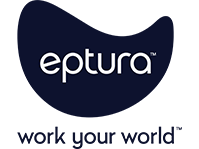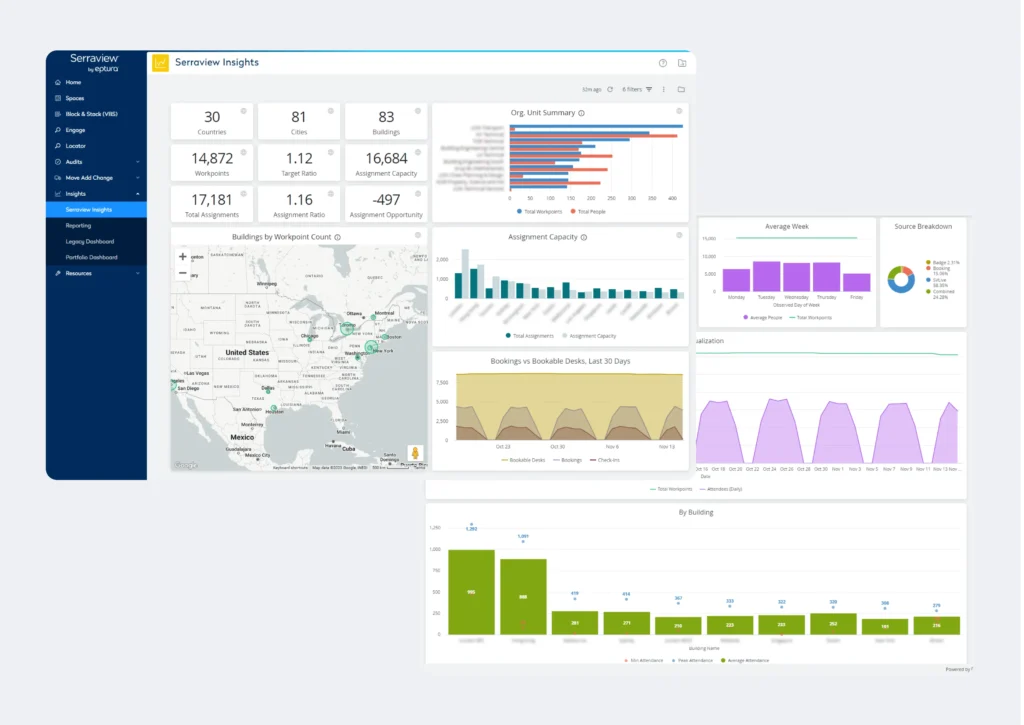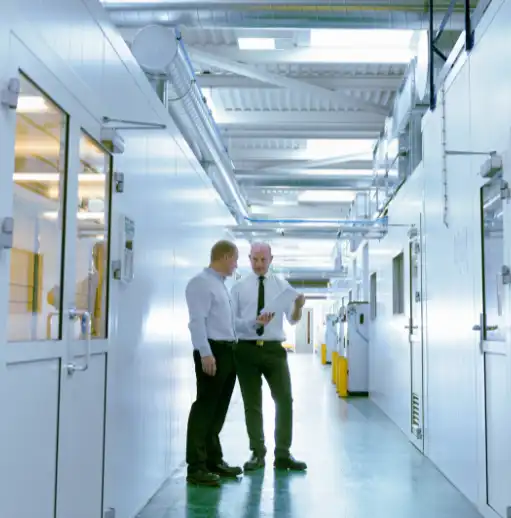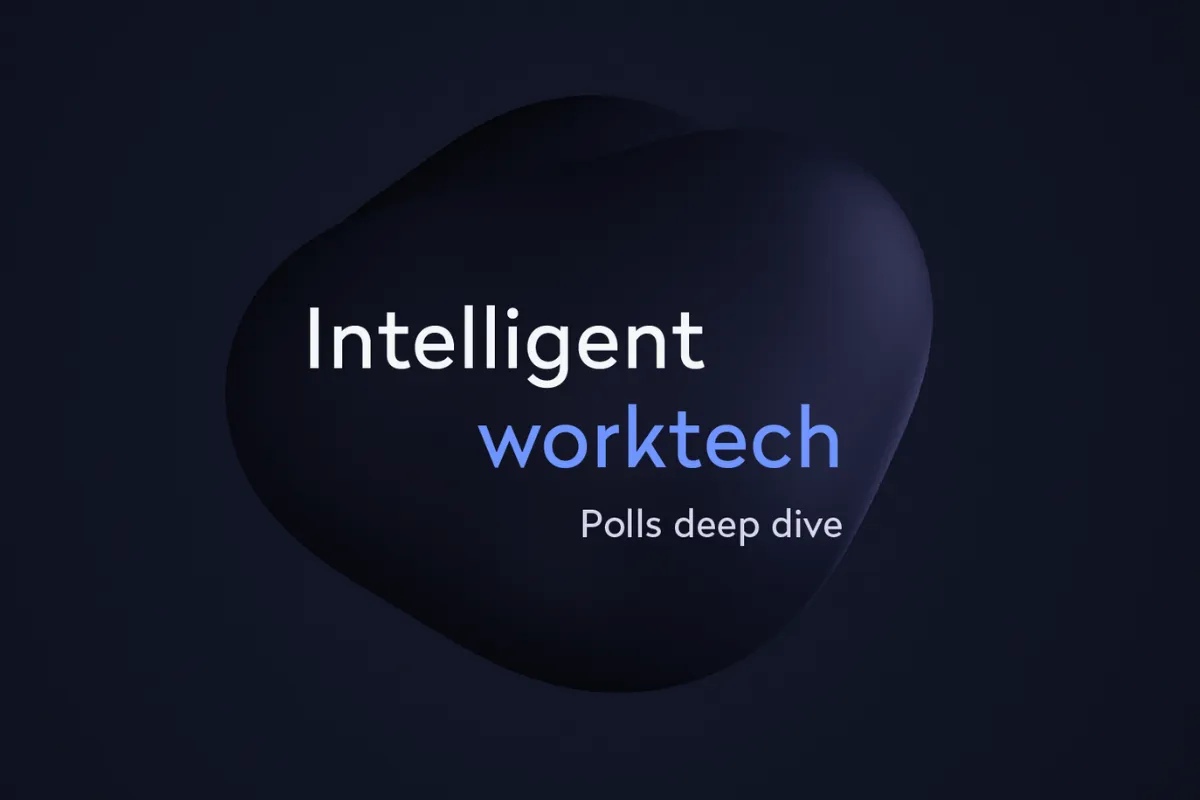
With office occupancy rates increasing, enterprises are focused on improving the employee experience while optimizing their spaces and assets with data-back decision-making. The Intelligent Workplace product announcement was an opportunity for us to connect with industry professionals and share our vision of the future of work.
During the event, we conducted three polls, and the results closely connect with insights from earlier Eptura research. The results reinforce the product development decisions we’ve made to effectively address the industry’s current challenges and assist organizations in achieving their specific goals throughout the enterprise.
The questions focused on key areas of interest for facility and workplace leaders: data-driven decision-making, collaboration and productivity, and the value of technology in facility management. The results reveal widespread industry agreement while also highlighting interesting regional differences between the North America (NA) and Europe, Middle East, and Africa (EMEA) regions and Asia and Pacific (APAC).
A universal interest in unified real-time data
For many, current data challenges come from having too many systems, requiring companies to expend too many resources on people and processes before they can see any actionable insights. In fact, according to the Workplace Index 2025, 50% of surveyed businesses have an average of 17 standalone worktech solutions, and 37% use 11 or more full-time equivalent employees to collate, analyze, and report on data.
Based on the results of our first and third poll questions, industry professionals are clearly looking for unified solutions to address these inefficiencies and enhance their overall workplace and facility management operations.
Which worktech solution will help your organization make data-driven decisions faster?
- Unified dashboards integrating workplace and facility data analytics
- Predictive modeling to optimize operations and resource allocation
- Real-time insights improving collaboration and space utilization
- Advanced AI tools for intelligent decision-making
What feature would bring the most value to facility management operations?
- AI-powered predictive maintenance for building assets
- Unified data for managing space, visitors, and equipment
- Improved visitor access controls to protect people and places
- Automated work order creation and tracking for technicians
In the APAC event, 46% of respondents chose unified dashboards integrating workplace and facility data analytics as the worktech solution that would help their organization make data-driven decisions faster, while 56% identified unified data for managing space, visitors, and equipment as the feature that would bring the most value to facility management operations. In NA/EMEA poll, 37% of respondents favored unified dashboards for faster data-driven decisions, and 39% saw the greatest value in unified data for facility management.
The second most popular answer in both sets of polls was “Real-time insights improving collaboration and space utilization,” with 31% for NA/EMEA respondents and 30% for APAC respondents. Here again, the data illustrates the industry’s understanding that effective decision-making depends on breaking down silos and eliminating lags in data delivery.
Many see dashboards as a key tool for driving decision-making
The results from the first poll question, “Which worktech solution will help your organization make data-driven decisions faster?”, reveal a strong interest in unified dashboards that integrate workplace and facility data analytics. Across both sets of polls, unified dashboards was the most popular answer, with 37% of NA/EMEA and 46% of APAC respondents.
The results of the poll clearly indicate that unified dashboards integrating workplace and facility data analytics are more popular compared to other worktech solutions, both globally and in the APAC region.
In the APAC region, the preference for unified dashboards is even more pronounced, with 46% of respondents selecting this option. This is a substantial 16 percentage points higher than the second most popular option, “Real-time insights improving collaboration and space utilization,” which received 30% of the votes. The other options, “Predictive modeling to optimize operations and resource allocation” and “Advanced AI tools for intelligent decision-making,” received only 8% and 16% of the votes, respectively. It’s important to remember the results reflect relative importance, not absolute importance. The other options all play critical roles in optimizing processes, but the results highlight the strong interest in unified dashboards, particularly in the APAC region, indicating a significant demand for tools that provide a comprehensive and integrated view of workplace and facility data.
Earlier data from the 2025 Workplace Index report again echoes and adds context to the events’ poll results. When asked, “What are the biggest challenges you face with analyzing your organizational data?”, the top three answers in the report are:
- Multiple data dashboards (58%)
- Length of time to accumulate meaningful data (55%)
- Cost of analyzing data across different solutions (32%)
For a workplace leader, a dashboard that includes facility and workplace data provides a comprehensive, real-time overview of various metrics such as space utilization, employee movement, and resource allocation. A centralized view helps them make informed decisions quickly, ensuring that the workplace is optimized for productivity and employee well-being. For example, they can identify underutilized areas and adjust layouts or amenities. They can monitor trends in employee activity to enhance collaboration and efficiency. The ability to visualize and analyze data in one place also simplifies reporting and strategic planning, making it easier to communicate insights and justify decisions to stakeholders.
For the maintenance department, a unified dashboard offers a powerful tool for proactive and efficient facility management. By integrating data from various sources, such as sensor readings, maintenance logs, and equipment performance, the dashboard can provide real-time analytics and alerts, helping reduce downtime and extending equipment lifespans. A unified dashboard can also help reduce interruptions because the team can see employee occupancy trends and schedule work outside peak hours.
Regional return-to-office rates might affect desk auto-release rankings
There were regional differences related to how workplace and facility leaders feel they can best support employees. When asked, “Which workplace management feature would most improve employee collaboration and productivity?”, 43% from APAC chose “Intelligent desk booking with auto-release for unused spaces,” making it the most popular answer. The second most popular answer was “Smart scheduling tools to optimize on-site attendance and even out midweek peaks,” at 33%.
At the NA/EMEA event, though, results were reversed. There, attendees ranked intelligent desk booking second, with 28% of the vote. Smart scheduling tools received 46%.
Insights from the 2025 Workplace Index report suggest some possible explanations for the similarities and differences across regions.
Midweek mountain remains global trend
In line with earlier Workplace Index reports, the latest data reveals there are midweek mountains in the Americas, APAC, and Europe, Middle East, and Africa (EMEA). Since the widespread shift to the hybrid work model, facility and maintenance managers face significant increases in activity and demand on Tuesdays, Wednesdays, and Thursdays, creating new challenges.
In the short term, this means increased demand for resources, such as desk availability, meeting rooms, and support staff. Surges can result in overburdened facilities, longer wait times for services, and potential equipment failures due to higher usage. In the long term, the midweek mountain can have more lasting impacts on facility and workplace management. The consistent peaks in activity can lead to accelerated wear and tear on facilities and equipment, increasing maintenance costs and the frequency of repairs.
So, it is not surprising that so many attendees showed a strong interest in tools to optimize attendance and even out midweek peaks. Many industry professionals are dealing with this occupancy issue directly, so there is a lot of interest in implementing solutions.
Visitor rates show more growth in APAC
“From our own data, we see that in the past three years, visitors per location have nearly doubled across all regions,” according to the 2025 Workplace Index report.
There were, however, statistically significant differences in percentage growth with:
- 150% in APAC
- 101% EMEA
- 83% Americas
These differences could help explain why industry professionals in APAC show a strong interest in improving desk booking overall. By reducing the number of unused or underutilized desks, the facility can accommodate more visitors without the need for additional physical space, which can be costly and time-consuming to acquire.
The benefit of intelligent desk booking with auto-release for unused spaces is how it allows employees to reserve desks or workspaces through a digital system, which automatically releases the booking if the space is not used within a specified time frame. It ensures workspaces are utilized efficiently by reducing the problem of “ghost bookings,” where desks are reserved but not occupied.
One of the key advantages is improved space utilization, as it helps ensure desks are available for those who need them, reducing wasted space. It also helps enhance flexibility by allowing employees to easily find and book available desks, promoting a more dynamic and adaptable work environment. It significantly reduces the administrative burden by automating the process of managing desk bookings, saving time and effort for administrative staff, who can then focus their time and energy on more strategic work.
Where the future of work comes together
At the event, Eptura Chief Executive Officer Brandon Holden outlined the current state of the industry. “Enterprises are under pressure to manage rising office occupancy, deliver frictionless experiences, and make smarter decisions about their spaces and assets,” he said.
He also presented a path forward, explaining that our updates will help industry professionals overcome these challenges, with mobile tools for field teams, AI-driven solutions for managing employees and visitors, and real-time analytics that enhance workplace efficiency and security.
To learn more about the future of work, watch the event video on demand.
